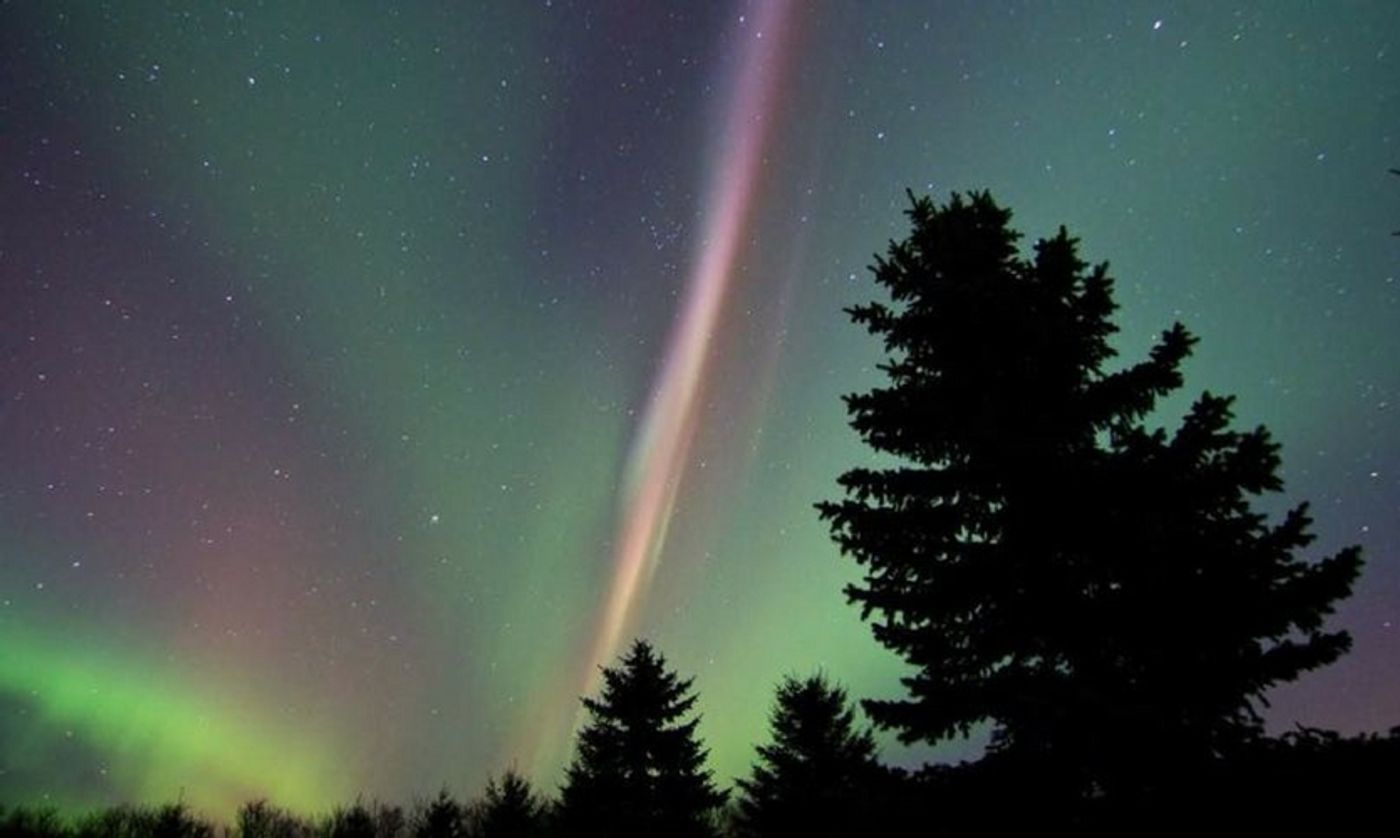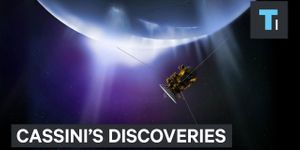Get to Know Steve, an Aurora-like Phenomenon across Canadian Night Sky
A ribbon-shaped aurora-like phenomenon has captivated scientists and astronomy enthusiasts alike. First discovered by a group of Canadian amateur astronomers, it resembles the northern light, a plane's contrail and the tail of a comet. Of course, there is probably no better name for this peculiar celestial object than "Steve", at least for now.
Image credit: Cynthia R Salgado
Steve is actually a 25 km-wide strip of ionized gas molecules that travel at the speed of 6 km/s 300 km above the ground from east to west. As hot as the core of the Earth, the temperature of gas can reach 3000 degrees Celsius. The majority of the sightings is in Canada, usually at locations farther south than the northern lights. What else is odd, other than its name, is that Steve was only discovered a few years ago and still being studied. Considering how far astronomy has come, one would expect that an phenomenon in our own backyard such as this would have already been well documented.
Aurora borealis, caused by charged particles bombardment and excitation of gas molecules in the upper atmosphere, often appear to be red, green or purple. Unlike its charming sibling in the night sky, Steve looks white and pale to the naked eyes. With the help of photography and image-editing techniques, pictures of Steve can be rendered more colorful and intriguing. Gorgeous photos of the mysterious phenomenon captivated Dr. Eric Donovan, an astronomer based in Alberta Canada. Along with his colleagues from the University of Calgary, he turned to the European Space Agency's Swarm mission for help to investigate the nature of Steve. Swarm is a constellation of three satellites designed to measure the magnetic signals from the Earth. In 2016, the satellites flew though Steve and collected data about its temperature, velocity and location. Today this bizarre strip of hot gas is still being actively studied, since many big questions such as how it comes into existence remained unanswered.
Additional information:
http://www.wired.co.uk/article/steve-northern-lights









